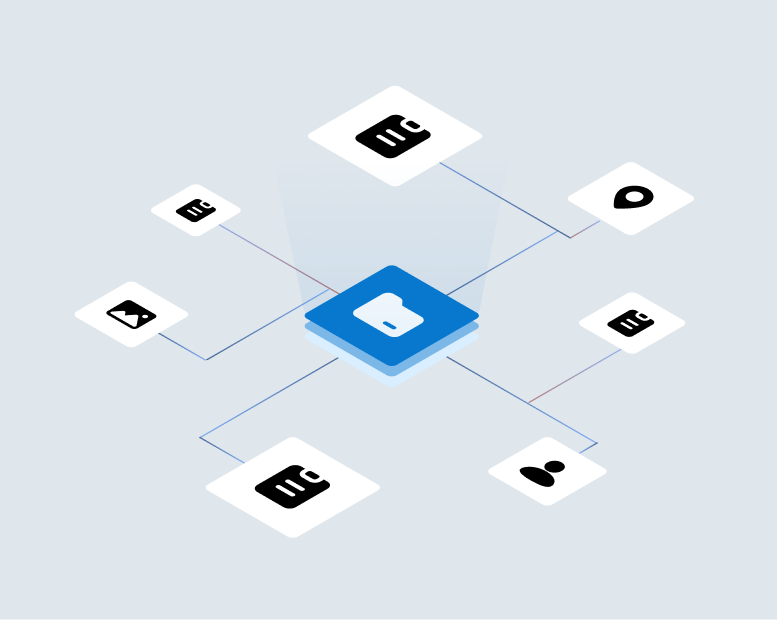In Why are tropical storm catastrophes so catastrophic for insurance carriers? We argued the key to effective management of these catastrophes is preparation and the key element of preparation that is missing is Risk Discovery. So that naturally leads to the question of which risks are most important and what carriers should be looking for before the catastrophe happens?
Roof integrity is the greatest risk in tropical storms because if the roof goes then the entire property is exposed to catastrophic damage. Remote roof inspection using drones can help detect visible vulnerabilities such as missing or damaged shingles, prior storm damage or signs of aging. When significant risks are found, the homeowner can be encouraged to get a physical inspection that identifies repairs to be done, including reinforcing roof materials, securing flashing and seals, and other maintenance to prevent leaks or structural failure.
Likewise, windows and elevations can be evaluated for signs of deterioration and weakness using a self-service imaging applet such as our idMobileTM solution on a policy holder’s phone. The images can be reviewed for visible signs of deterioration or weakness, such as cracked or loose frames, gaps in seals, or age. In some cases, this review could result in the homeowner making repairs and even installing storm shutters or new impact-resistant windows that would significantly reduce damage in a storm. But the key is providing the policy holder with the information about the excess risk they are taking so that they can act on it.
Similarly damage from water leaks and/or wind driven rain can be mitigated by the same self-service documentation strategy. Problems like clogged gutters and downspouts could be detected by the same solution that documented roof risks.
Trees and loose exterior objects are another key risk that carriers can and should document. There are a number of different approaches to finding potential tree risks: satellite imagery to identify vulnerable trees and other potential wind-borne debris, drone inspections and street view solutions. Using these tools, carriers will be able to send image summaries to customers pointing out high-risk situations. This could drive a tree maintenance inspection for signs of disease, rot, or unstable branches leading to their elimination as excess risks.
Finally, certain types of homes are more vulnerable to being leveled – what insurers call ‘significant loss of structure events’. To a certain degree, carriers already know which types of homes are most vulnerable. However we believe there is value in offering homeowners resources such as guides or experts to help them take actions that reduce their vulnerability Based upon the home type, carriers can also provide guidance on the most appropriate structural reinforcements such as roof-to-wall connection reinforcement, hurricane straps or clips, reinforcing garage doors, or adding impact-resistant materials to windows and doors.
Better risk discovery means more risk avoidance
The great benefit of Risk Discovery is that it can motivate conscientious homeowners to mitigate identified risks. The second benefit is that it lets carriers find the worst unmitigated risks and if possible, get them off their books. We believe that how a homeowner responds to identified risks is a signal for how cooperative and therefore how good a policyholder they will be in a disaster. Indeed, half of the underwriting battle is simply finding the risks to avoid. Better Risk Discovery makes for better Risk Selection.
In a later post we will talk in more detail about specific tools and how they could be used in a low cost, self-service Risk Discovery program.


